TDA-MMS 2019: Time Domain Astronomy in the Era of Massively
Multiplexed Spectroscopy
February 8-10, 2019, Nikko, Japan
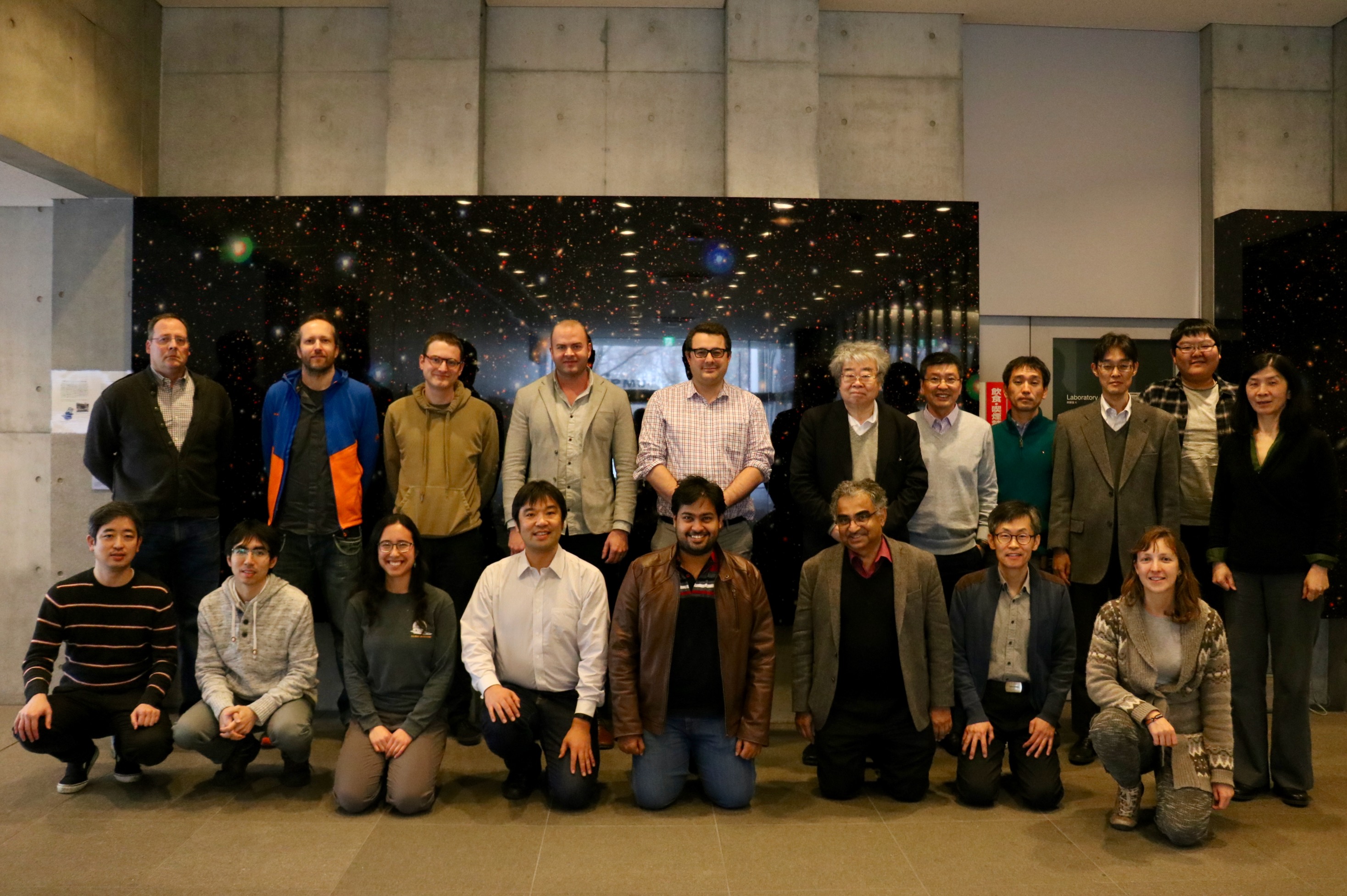
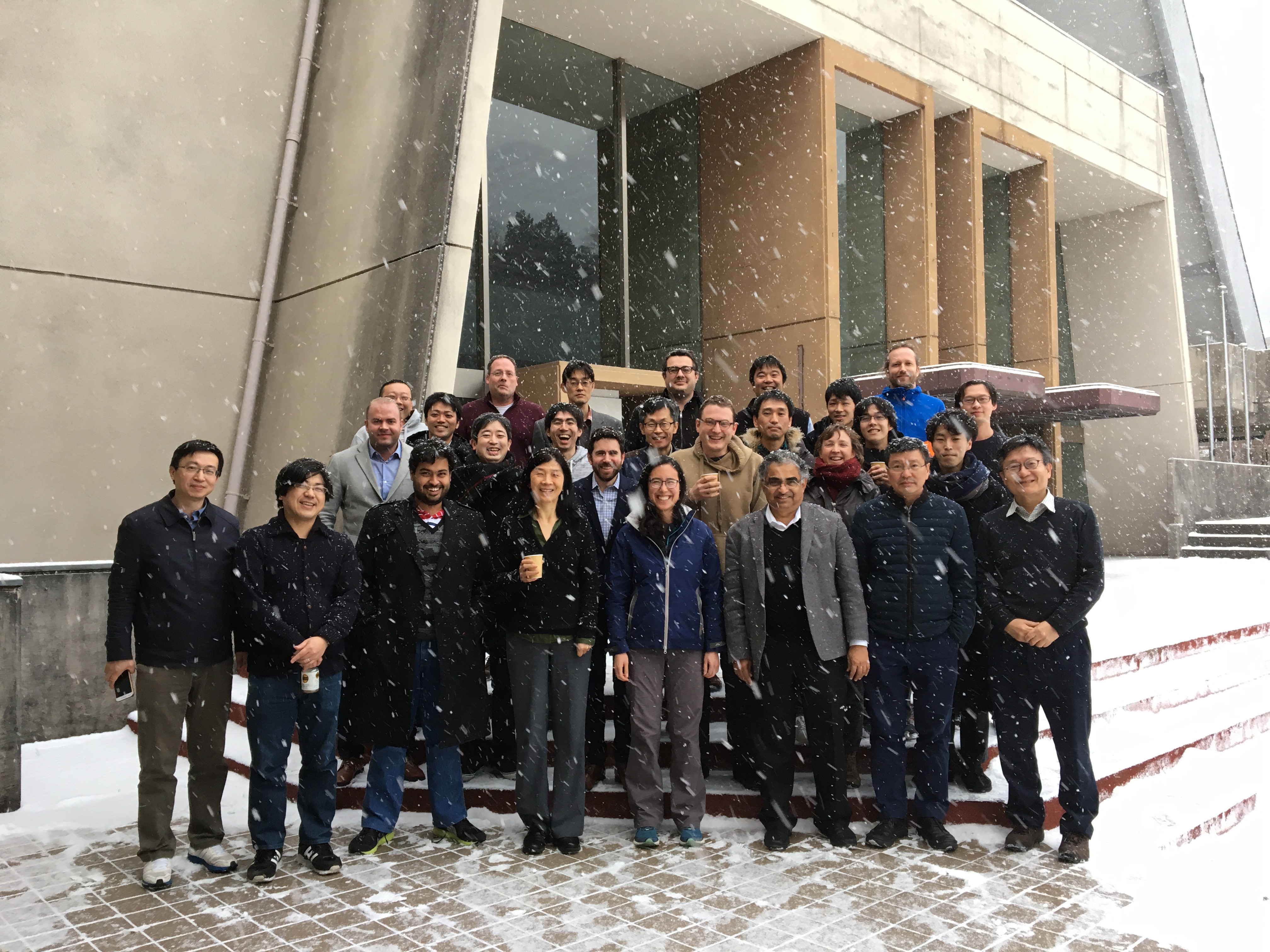
This is a by-invitation meeting. The organizers are S. Kulkarni
(Special Visiting Professor at Tokyo Tech until March 1; Caltech), N. Suzuki
(Kavli IPMU) and N. Kawai (Tokyo Tech, aka "Tokodai"). The workshop
is deliberately compact (<30) so as to foster discussion & debate.
We note the presence of key people from DESI, KMTNet, SRG, SDSS V
and ZTF who are attending the meeting.
There is no registration fee for the invited participants. All
overseas visitors are expected to come on their own to Japan. There
are two meetings: short meeting at Kavli IPMU (located in Kashiwa)
and the main meeting at Nikko (see map below to get a sense of the
geography). The local expenses for most overseas visitors and all costs for
Japanese participants are paid by a grant from Tokyo Tech (as a part of
Kulkarni's appointment), IPMU and discretionary funds provided by SRK.
Please note that the meeting has no secretarial
support. Roughly speaking Kulkarni is the SOC, Suzuki (IPMU) is the
Japan LOC and Kawai (Tokyo Tech) is the Nikko & lodging LOC.
This is not a standard workshop (with participants preparing slides
on the flight). Participants are expected to prepare extensively
and ahead of the workshop. This is a meeting in which we mostly
undertake organized discussion and debate. No texting nor emailing
during the meeting. The goal is to come up with strategies and not
tactics. We are close to capacity now. We expect the participants
to abide by the Framework
document and undertake assigned tasks and reply promptly to
emails.
In summary, before proceeding further, please read the following:
Nikko Objectives
|
Participants
|
Short Bios
|
Arrival (Feb 7) & IPMU pre-meeting
IPMU Program
|
Astronomical Facilities
|
Photos at IPMU
Nikko Meeting Program
|
Photos at Nikko
Fremling Finnish People Talk
|
Sayonara
(from the 1966 Bollywood movie, Love In Tokyo)
Background
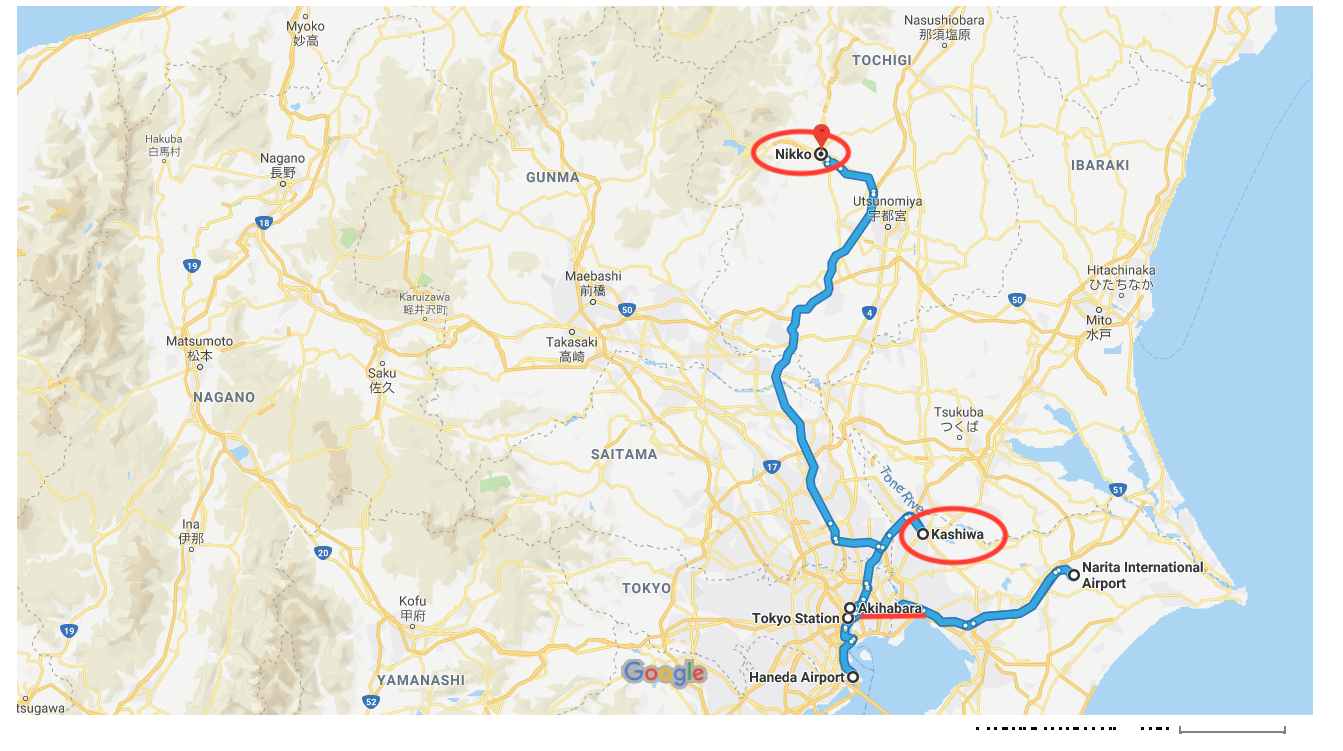
We are now squarely in the era of time domain astronomy surveys.
ASAS-SN has robust coverage of the night sky in both hemispheres
and undertakes nightly surveys to 18 mag. ATLAS, though designed
for studies of near-earth asteroids (NEOs), is a discovery engine
for transients at about 19.5 mag. PS-1 leads the discovery of NEOs.
ZTF is undertaking surveys on timescales from minutes to months.
ZTF has already found the brightest GW source for the LISA mission,
discovered scores of young supernovae and is classifying nearly a
hundred SNe per month. We then have specialized facilities motivated
initially to attack specific key questions but which are powerful
for other purposes also e.g. KMT Net. Finally, Tomo-e Gozen at the
Kiso (Schmidt type) telescope has begun the era large field-of-view
CMOS imaging.
Meanwhile we are entering the era of highly multiplexed spectroscopy.
The first generation of such spectrographs (2dF, SDSS, 6dF) had
hundreds of fiber channels. The second generation (LAMOST, Gaia,...)
have an order of magnitude larger grasp. DESI will be commissioned
next year and SDSS Phase V and PFS shortly thereafter (as well AAT,
WHT, ESO, AAT...). A less appreciated development has been the
demonstration of ultra-low resolution (R from 100 to 400) spectroscopy
for transient classification. This has opened up rapid and robotic
spectroscopy on 2-m class telescopes (which are plentiful).
There are other great developments that have just happened (TESS)
or about to happen (SRG, "Rosat on steroids"). Kepler mission
showed the amazing power of continuously cadenced photometry. TESS
is now observing large sections of the sky with continuous cadence.
SRG is expected to be launched this year.
These developments naturally raise the question: can we combine
time domain surveys with massively multiplexed spectrograph facilities
and take advantage of rapid response classification?. For instance,
perhaps ZTF with DESI or SDSS Phase V and installing SEDM on half
a dozen 2-m class telescopes. Such a triad (focused on shallow
surveys so that spectroscopic follow-up will be complete) could
lead to classifying many -thousands- of supernovae per year and
address fundamental questions (rates, velocity flow in the local
Universe) and also serve as a discovery engine. For stellar astronomy,
the combination can prove to be truly revolutionary (search for
unseen companions).
Big Questions
Some of the big questions that TDAxMMS can answer are listed below.
- Distribution of Matter at low redshift via velocity flows (Ia
SNe) catalogs
- A comprehensive census of Galactic black holes (RV, ellipsoidal
modulation, lensing)
- Local Death of Stars rate (Luminosity function of core-collapse
SNe)
- Clues to progenitors of supernovae (by routine, robotic and
rapid spectroscopy)
- TDE/AGN studies with TDA+MMS+SRG ("leave no nucleus behind")
- Flux-limited SNe sample: explore phase space, redshift
completeness of galaxy
- Complete Redshift sample of Flux limited galaxies (20 mag) &
its impact on transient astronomy
- A dedicated TDA+MMS facility? perhaps a TDA+MMS facility along
with a stable of SEDM equipped telescopes?
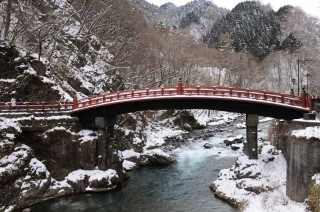
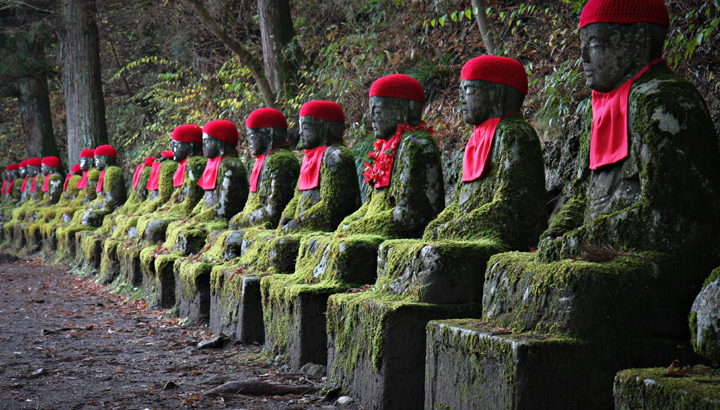
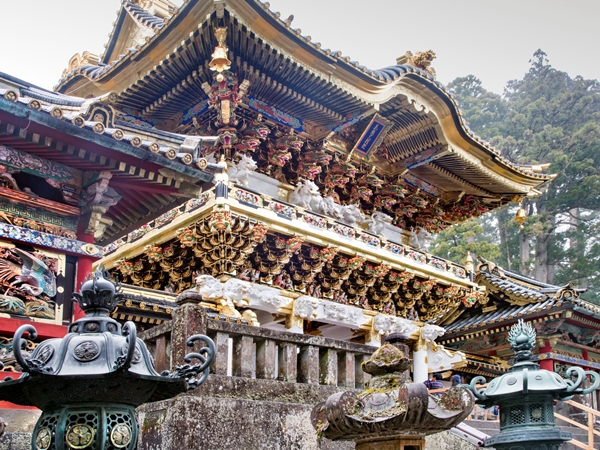
The Venue of the Main Meeting
The venue of the main meeting is Nikko community hall, Tochigi
prefecture. Nikko, located 160 km North of Tokyo, is a famous
temple town and synonymous with "bright" and "splendor" (Never
say 'kekko' until you've seen Nikko). Nikko is also the hometown
of Prof. Nobu Kawai! Participants will be staying at one of two
ryokans: Hotel Senhime-monogatari
or Hotel Seikoen.
The meeting is funded by a grant to Tokyo Institute of Technology,
the Kavli IPMU and discretionary funds of SRK.
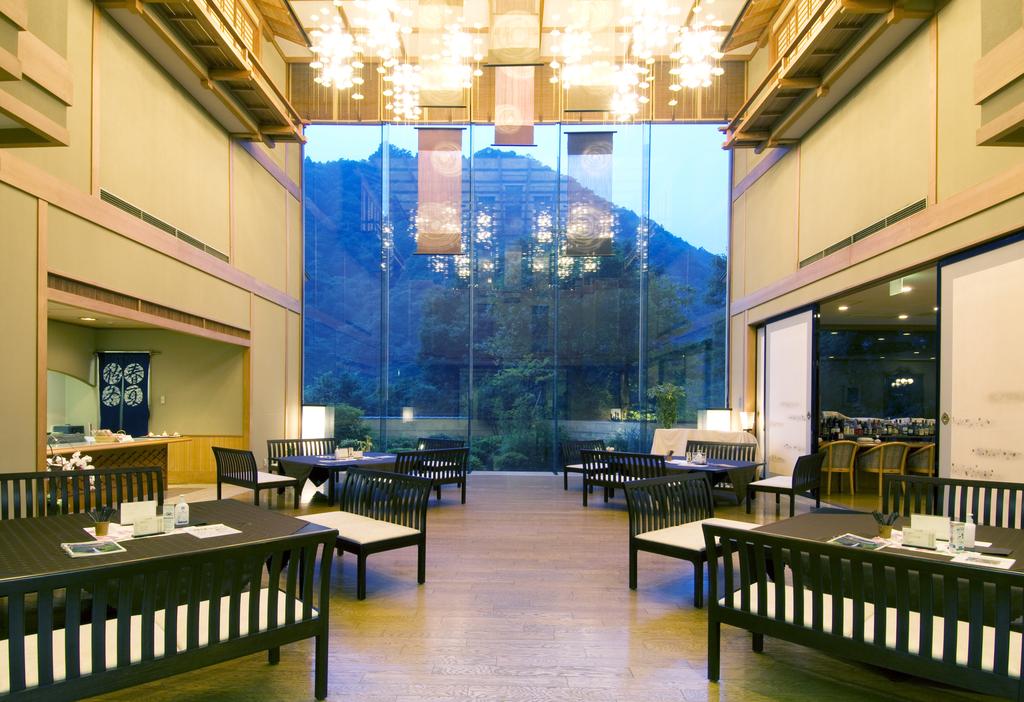
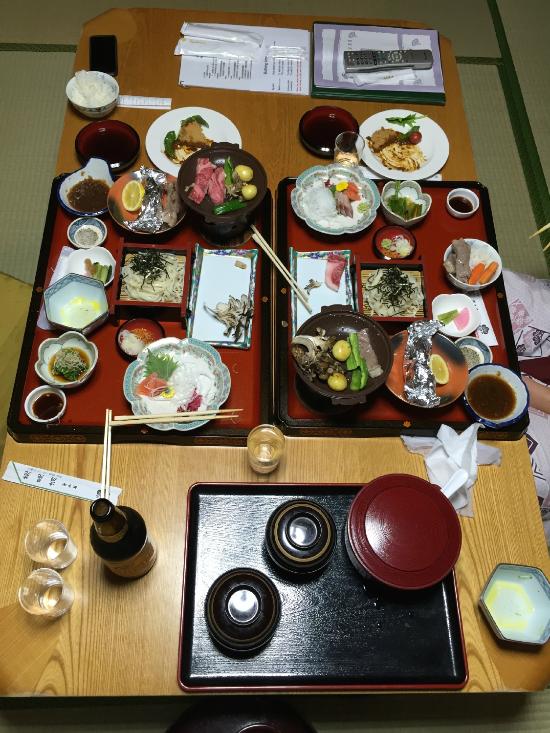
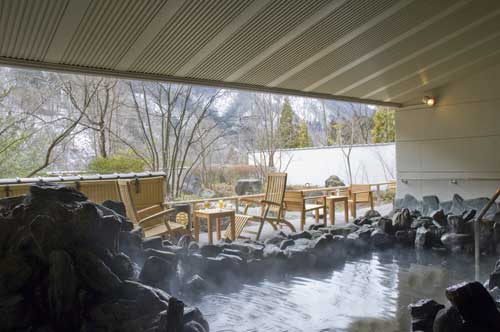
The main meeting starts at 6 pm on February 8 (Friday), with a
welcome reception and dinner and possibly "post-onsen" discussions.
The meeting ends at 5 pm on February 10 (Sunday). Prof. Kawai)
has arranged for us to stay in traditional Japanese inns ("ryokan")
with natural hot springs ("onsen"). Ryokan rules are quite strict.
The baths are gender segregated and our Japanese colleagues will
educate us about the rules. My wife Hiromi Komiya will be there
to help overseas female visitors understand local customs.
The Structure of the Nikko Meeting
The meeting will focus on relatively "bright" astronomy, say <21
mag. This magnitude limit is well suited to current TDA surveys
(e.g. ZTF, ASAS-SN) and the followup is easily within reach for
SDSSV and DESI (for instance). Perhaps an attractive future meeting
could be on a fainter limit (<23 mag) and tuned DES, LSST, DESI and
PFS.
Participants are expected to contribute and read the following
collection of presentations ahead of the meeting.
Homework 1: Facilities
Homework 2: Science & Methodology Goals

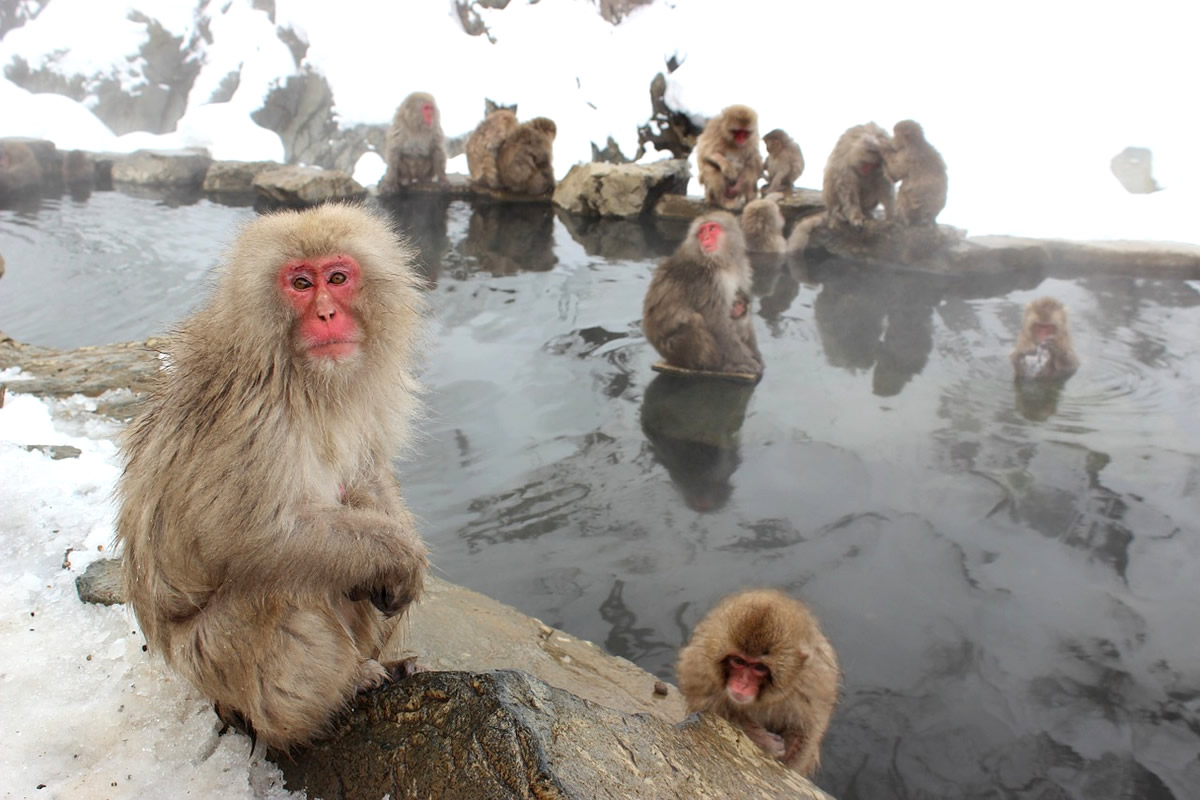
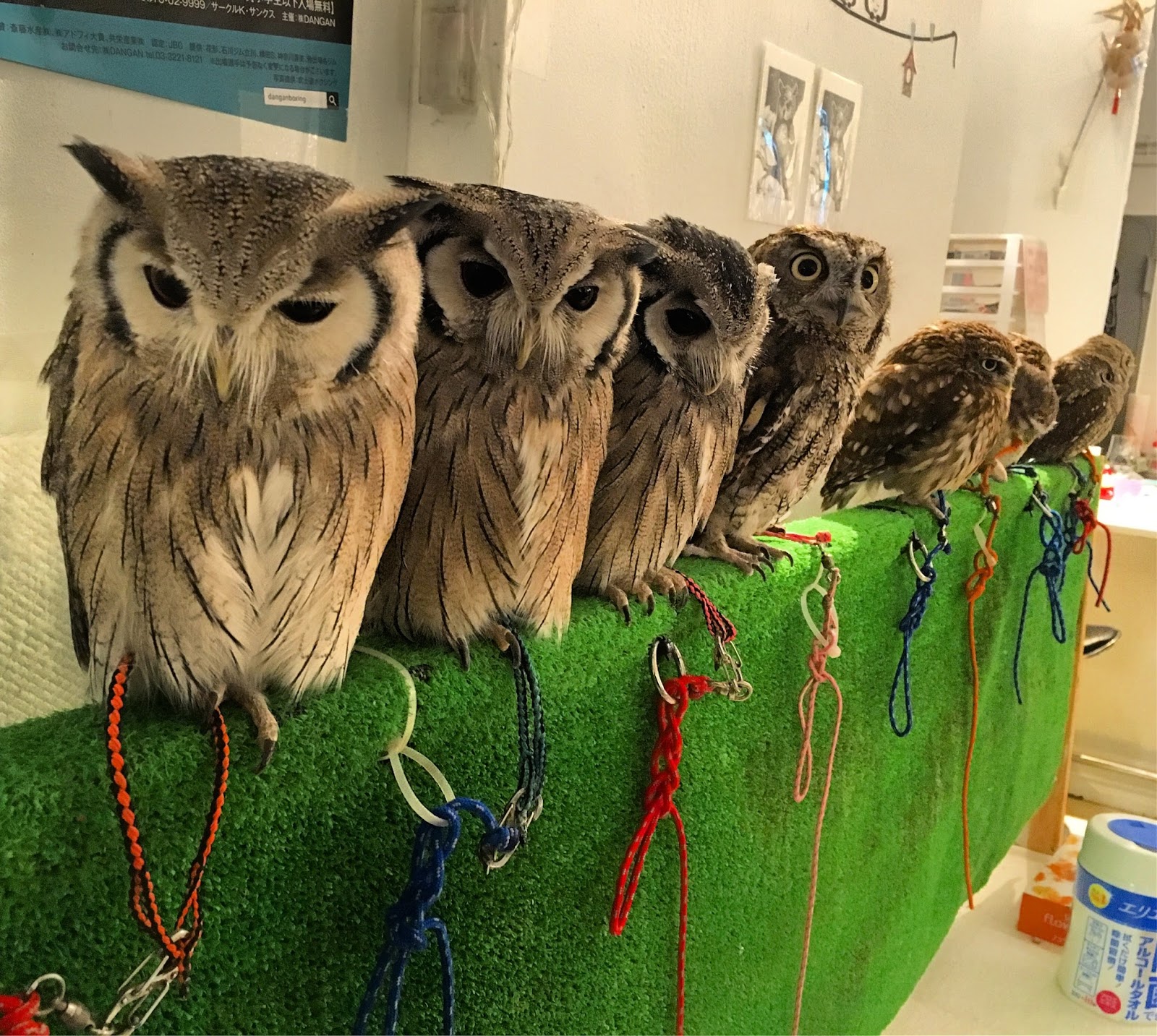
Japan is an amazing country in many ways. For instance, you can
visit an island populated by friendly bunnies, see smart monkeys
sitting in hot natural springs in winter and spend time at relaxing
animal cafes (rabbits, cats, owls,...). Or buy a JRPass and get on
any train (on time, comfortable, high speed)
and watch the countryside go by (whilst connected to
internet). Get off at any station, have a meal. If evening then
spend the night at a ryokan (replete with hot springs or onsen). Repeat this process for a week!













